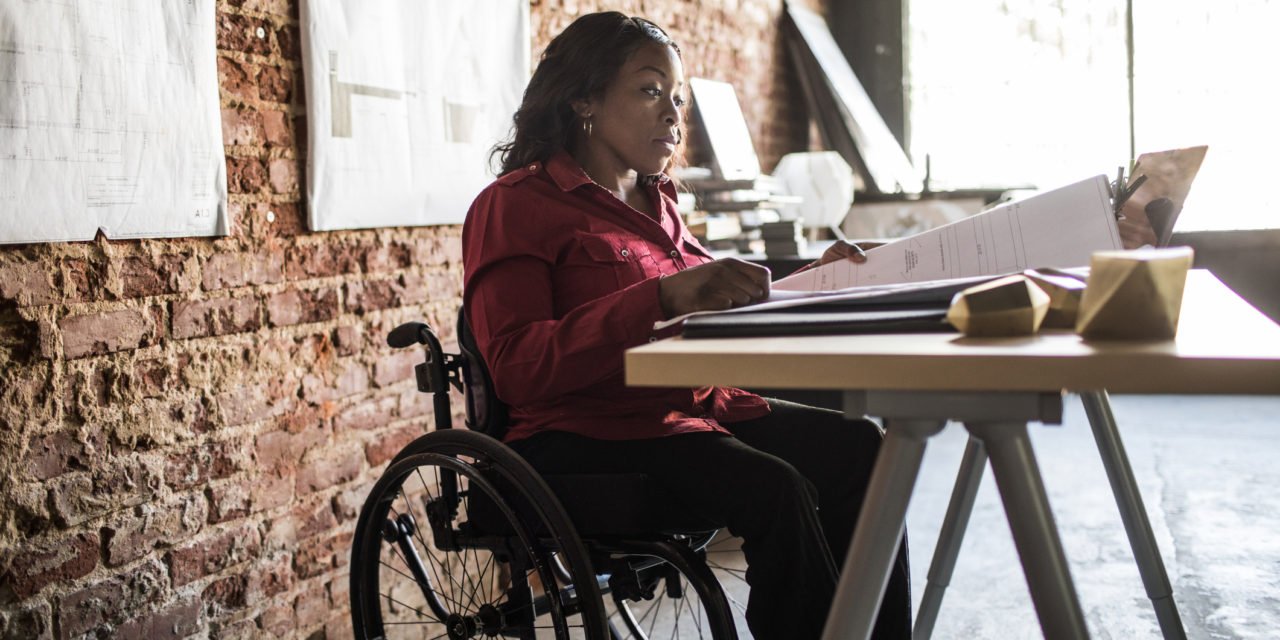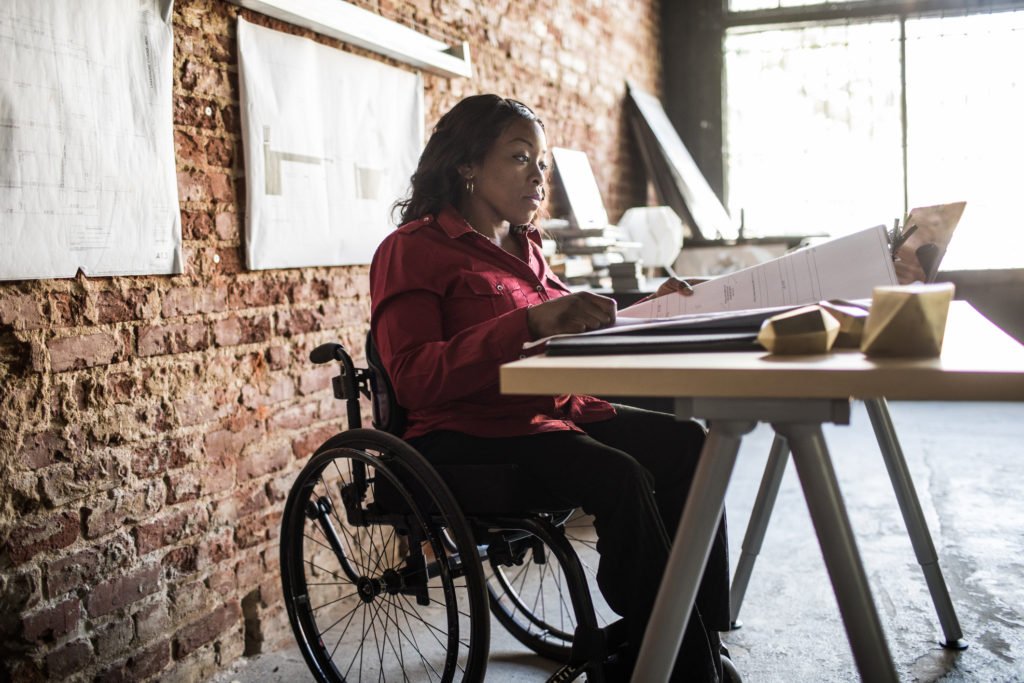In the time I have spent attending lectures and seminars on designing cities, inclusion always seems to be hinted at as a paper requirement for approval. Sadly, many of us still lack the reality of inclusion in our communities. On the journey to building more resilient and sustainable cities, there have been attempts in policies — like the 2030 New Urban Agenda — to fight for inclusion. But, I ask: do these policies encompass true understanding of the people they claim to advocate for?
As you read through the promises of the Agenda, there is a specific pledge to “leave no one behind” as we embark on the collective journey to transforming cities[1]. However, the pandemic has made it more important to closely examine how well policies like the Agenda have delivered on this pledge to inclusion. How have city designers, planners and policymakers translated this motto in their own communities? How do our efforts as city planners or designers realistically represent the lives of those who are underrepresented, like people with autism, Down’s Syndrome or other different abilities?
According to the World Health Organization’s 2011 World Disability Report, at least 25 million people in Nigeria[2] have a disability. However, there is no currently-available breakdown of this data into the different types of disabilities. There have been commendable efforts from organizations like the Down Syndrome Foundation (DSF) that focus on providing a safe space for individuals with disabilities to learn. The challenge, however, is the need for more projects in cities that exclusively design for these communities’ needs. The largest contribution in recent years has been research assessing accessibility to public spaces for people with disabilities.[3] The question is, at what point will the recommendations of researchers be implemented?
The challenge of implementing accessible city design also highlights the problem of representation in government positions. The lack of data on the percentage of people with disabilities currently or previously working within government and decision-making roles is alarming. Yes, there are organizations recognized and included by the government, like The Joint National Association of Persons with Disabilities (JONAPWD). But if it takes nine years of advocacy for theDiscrimination Against Persons with Disabilities (Prohibition) Bill to finally be signed into law in 2019, the lack of representation in office is a challenge we must acknowledge[4].
The challenge of implementing accessible city design highlights the problem of representation. The lack of data on people with disabilities currently or previously working within government and decision-making roles is alarming. Click To TweetGrowing up in Nigeria with a sibling with Down’s Syndrome entirely changed the way I interacted with spaces — particularly in public spaces like parks, which ideally should meet the recreational needs of people in a community. Thinking about it as a young planner now, I understand that even spaces for play were made for me and not children like my brother. Growing up, I spent a lot of time navigating public spaces with him and finding ways to adapt what was provided to better suit his needs. Almost 20 years down the line, not so much has changed with public spaces. Rather, infrastructure has continued to deteriorate, and the conversation for designing beyond just physical disabilities has not been fully embraced.
This personal account is to show how parts of a city can affect people with disabilities like my brother and families like ours. The city never truly feels like ours because there is minimal consideration for us. Yet, I am hopeful in that one way to make progress is for city planners like myself to begin to interact with groups that fully represent the disabled community and find ways to make spaces as basic as a park fit the needs of every person.
In addition to challenges with public spaces, there are challenges that come with the basic needs of moving around a city. Public transportation is not that “public.” Making transportation accessible is not just about placing wheelchair signage at bus stops. Policies and programs for transportation need to be questioned in regard to DEIJ. We need to ask questions like: Are buses designed for this group of people? How many personnel are trained on different types of disabilities and how to handle each? Are the public transport routes located in proximity to schools or hospitals that serve this particular group?
Making transportation accessible is not just about placing wheelchair signage at bus stops. Are buses designed for this group of people? Are public transport routes located near schools or hospitals that serve this particular group? Click To TweetWith the global need for climate-based solutions, more cities are exploring the potential for non-motorized forms of transportation. One of the most common initiatives has been more cycling in communities and creating more pedestrian-only routes. During a meeting with organizations pushing for these policies in our city, I asked when cycling will be explored for people with disabilities, and I was particular about stating: “not just for physical disabilities.” The feedback was as expected: “We will need to push for this access for people without disabilities first, and explore the possibilities for the disabled community later.” Then, a comment on how bike designs were gender-inclusive was thrown in to tick the box of inclusion.
While it is valid to take the process in phases, how long will it take for the disabled community to be the first priority in our plans for the city? It seems as though urban development is approached in patches, without a timeline on how it will evolve for underrepresented groups.
How long will it take for the disabled community to be the first priority in our plans for the city? It seems as though urban development is approached in patches, without a timeline on how it will evolve for underrepresented… Click To TweetThe global pandemic has shown the weaknesses in infrastructures and plans for those most vulnerable. We need to start asking ourselves: where has the inclusion truly been? How do we truly uphold the mantra to leave no one behind?
My challenge in pursuing a career in city planning has been striking a balance of work and the emotions I experience having a sibling with special needs. It is about pushing my call for more inclusive approaches beyond indicators of gender, religion or ethnicity. For now, I see the path forward as bringing more people like myself, and my brother, to conversations on DEIJ in city planning.
My challenge in pursuing a career in city planning has been striking a balance of work and the emotions I experience having a sibling with special needs. It is about pushing my call for more inclusive approaches beyond indicators… Click To TweetReference
Akinpelu, D. O., & Sadri, S. Z. (2017, March). Accessibility of Public Spaces: Case Study , Lagos State, NigeriaAccessibility of Public Spaces: Case Study of Ikeja, Lagos State, Nigeria. International Journal of Humanities and Social Science Invention(IJHSSI), 6(3), 12-24.
Nigeria Passes Disability Rights Law. (2020, October 28). Retrieved from https://www.hrw.org/news/2019/01/25/nigeria-passes-disability-rights-law
UN-Habitat. (2017). SUB-CHAPTER ON Leave No One Behind, Urban Equity And Poverty Eradication. http://uploads.habitat3.org/hb3/01-Leave-No-One-Behind_67249
World Report on Disability.” World Health Organization, World Health Organization, www.who.int/teams/noncommunicable-diseases/disability-and-rehabilitation/world-report-on-disability.





















I for one thinks this is a great article, we need to learn to think of the disabled ones as to how they move out about and especially in public spaces. Using public transport should be made easy for the disabled
Very insightful read. The importance and need for inclusion cannot be over emphasized in City Planning. Hopefully, someday close in future, we will see this happening. Well done Tega❤️
This is a wonderful read, nice one tega😌
Great article. The disabled community should be considered too
This definitely sparked some reflection. Inclusion should definitely be beyond religion, gender and ethnicity and there’s a lot to be done on applying what has been researched on. Welldone